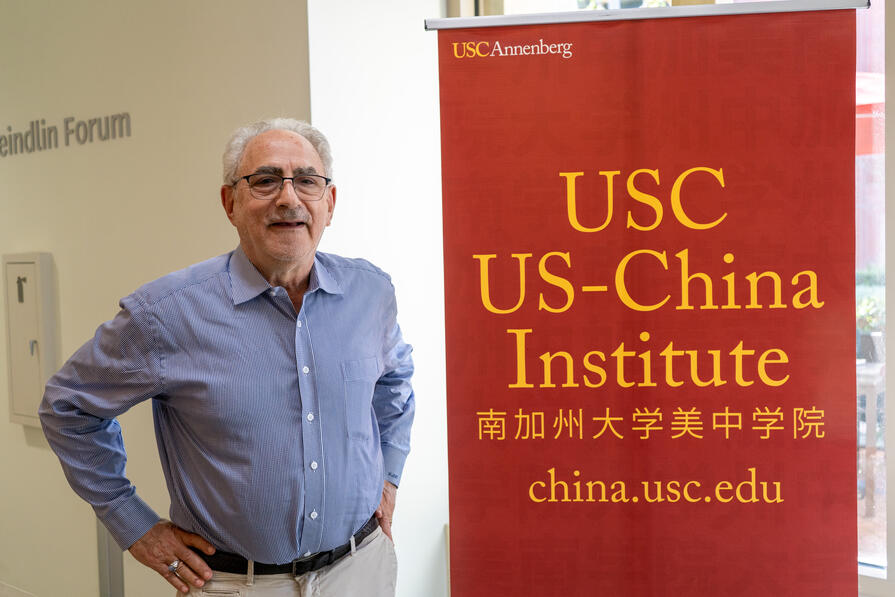Paul Arthur Van Dyke, Ph.D.
Abstract (Summary)
The enormous growth of the China trade from 1700 to 1842 is a phenomenon that has never been clearly explained. Without knowing why the trade grew, we cannot fully understand how or why it failed. This study addresses two questions: "What were the factors that gave the trade stability and enabled it to grow?" and "What were the factors that weakened the system and contributed to its collapse?" The Canton System had many strong points. Most of the procedures and fees in the port were very consistently applied over time, which nurtured goodwill and trust; widespread credit helped to fuel a steady and constant commerce; and discounts for larger volumes encouraged expansion. As a result, the trade grew steadily for over 140 years. There seemed to be no limit as to how far it could expand.
In the long-term, however, the strengths were overshadowed by the weaknesses. Along with the increase in volume came an increase in state revenues. The success of the trade camouflaged the corruption that was pulling the system apart. Because smuggling complemented the legal trade in tea, Hoppos (customs superintendents) tended to tolerate it rather than stop it. It was more important to leave office after three years with a well-oiled machine that kept the revenues flowing to Beijing and that put money into the Hoppos' pockets. As a result, corruption continued to siphon more funds away from state and local coffers, which weakened the administrative apparatus. The foreigners were able to overcome the system, because the system had already defeated itself, by failing to keep the vital data and make the changes that were needed for its survival. The final blow came when the foreigners gained control over the Pearl River with the arrival of the steamship in 1830. This machine undermined the mechanisms upon which the Canton System was controlled, and effectively shifted the balance of power away from the Hoppos into foreign hands.
Advisor: Wills, John E., Jr.



